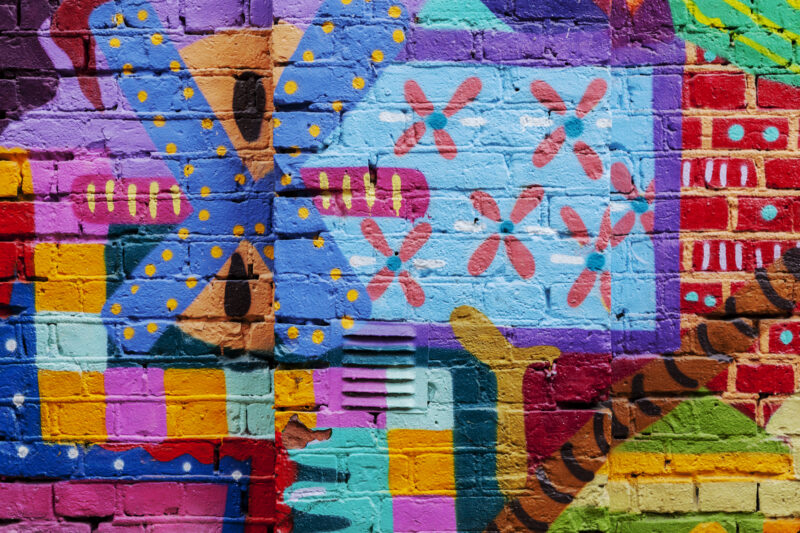With generative AI’s ability to aid knowledge management, increase efficiency and accelerate development there must be balanced consideration of intellectual property (IP) protection and stakeholder interests.
Generative Artificial Intelligence (Gen AI) are algorithms that can be used to generate text and images that are difficult to distinguish from human generated text and images. It is technology that is fed data (trained) to ultimately recognize relationships and patterns in data. The more data the system is fed, the smarter it becomes. Once trained, it then applies that intelligence to information submitted by end users, to produce new content/products such as videos, photos, and book summaries. Generative AI’s use is growing in popularity because it quickly simplifies and completes tasks for the everyday user once given simple instructions.
Continue reading »





